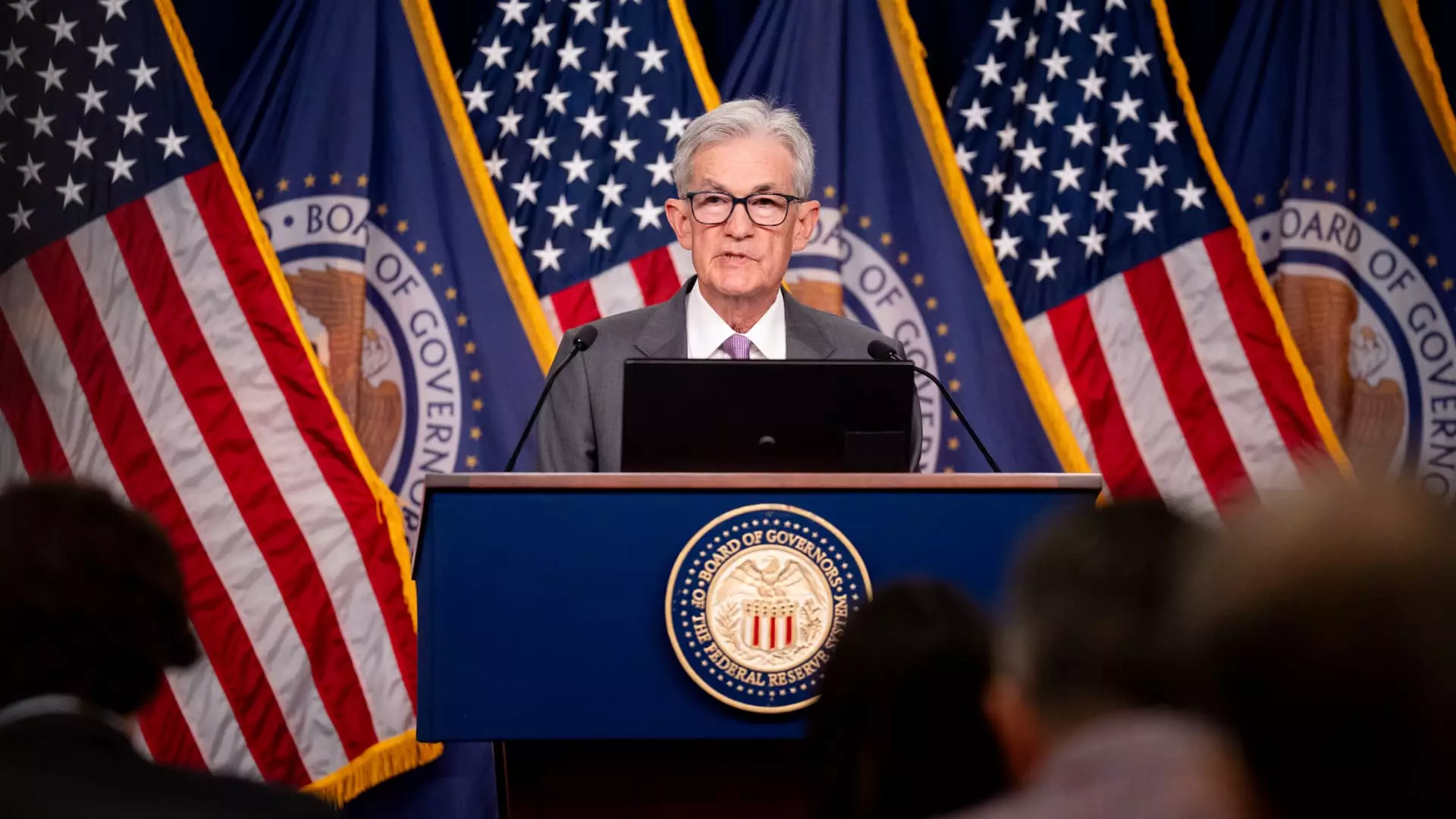The prediction of a soft landing for the U.S. economy in 2025 comes with a warning from British fund manager abdrn. Kenneth Akintewe, head of Asian sovereign debt at abdrn, expressed concerns about the potential for a prolonged slowdown during an interview with CNBC’s “Squawk Box Asia.” Akintewe questioned whether the Federal Reserve is already making a policy mistake by not acting sooner in response to economic indicators.
Revised Economic Data
One of the key points raised by Akintewe was the revision of economic data, particularly in relation to non-farm payrolls. The U.S. Labor Department reported that the U.S. economy created 818,000 fewer jobs than initially reported from April 2023 to March 2024. This significant adjustment highlights the possibility that the economy may be weaker than the headline data suggests.
Akintewe emphasized the importance of timely policy decisions from the Federal Reserve. He suggested that if the economy is indeed weaker than what the data indicates, the Fed should already be considering easing measures. The fund manager pointed out that policy changes by the Fed take time to take effect, and accumulating a sufficient amount of easing could require a significant adjustment in interest rates.
Transmitting Easing Measures
Furthermore, Akintewe noted that once easing measures are implemented, it takes time for them to transmit through the economy. He mentioned that it could take six to eight months for the effects of easing to be fully realized. This delayed response time underscores the importance of proactive decision-making by central banks to address economic challenges effectively.
Akintewe also criticized the market’s narrow focus on predicting the size of potential rate cuts. He questioned why the policy rate is still at 5.5% when inflation has decreased to almost 2.5%. The discrepancy between the policy rate and inflation levels raises concerns about the appropriateness of current monetary policy decisions in the face of economic uncertainty.
Recent data on personal consumption expenditures (PCE) price index reinforced the argument for a smaller rate cut. The 0.2% increase in the PCE price index last month was in line with expectations, indicating a more conservative approach to rate adjustments. U.S. rate futures suggest a lower probability of a 50 basis-point rate cut in the upcoming Fed meeting, with a higher likelihood of a 25-basis-point cut.
Abdrn’s warning about a potential prolonged slowdown in the U.S. economy in 2025 highlights the importance of proactive policy-making and timely responses to economic indicators. The need for effective transmission of easing measures and a critical evaluation of policy rates in the current economic environment are vital considerations for policymakers and investors alike. As uncertainties persist, it is crucial to monitor economic data closely and be prepared to adjust strategies accordingly to navigate potential challenges ahead.


Leave a Reply